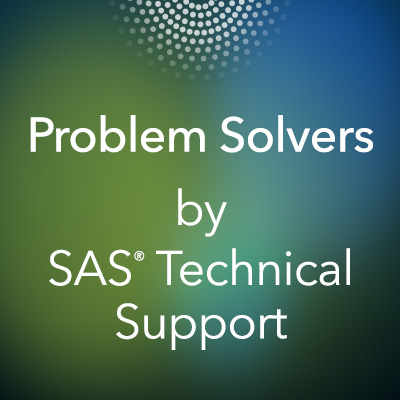Advance SAS
Here we will learn the more efficient way of programming with macros, processing SQL queries and some advance programming techniques.
· By learning Advance SAS one can easily handle the SAS.
· Programming complex issues with ease as it will help SAS.
· Programmer to write more optimized and reusable code with the help of
Advance SAS concepts
Overview
This course is for SAS programmers who prepare data for analysis. The comparisons of manipulation techniques and resource cost benefits are designed to help programmers choose the most appropriate technique for their data situation. It focuses on the components of the SAS macro facility and how to design, write, and debug macro systems. Emphasis is placed on understanding how programs with and without macro code are processed. It also covers how to process SAS data using Structured Query Language (SQL).This course helps you prepare you for the following certification exam(s): SAS Certified Advanced Programmer for SAS 9.
Learn how to:
· Use macro code to write more efficient SAS programs
· Use the SQL procedure as an easy, flexible way to query and combine your data
· Use advanced SAS programming techniques such as creating samples and indexes, using lookup tables to match data, and modifying and tracking data set changes
· Write SAS programs to maximize efficiency.
Course Outline
SAS Macro:
Things you will learn in this module:
o Perform text substitution in SAS code
o Automate and customize the production of SAS code
o Conditionally or iteratively construct SAS code
o Use macro variables and macro functions.
Content:
o Introduction
o Macro Variables
o Macro Definitions
o DATA Step and SQL Interfaces
o Macro Programs
o Supplemental Materials
SAS SQL:
Things you will learn in this module:
o Query and subset data
o Summarize and present data
o Combine tables, including complex joins and merges
o Create and modify table views and indexes
o Replace multiple data and proc steps with one sql query.
Content:
o Introduction
o Basic Queries
o Displaying Query Results
o SQL Joins
o Subqueries
o Set Operators
o Creating Tables and Views
o Advanced PROC SQL Features
SAS Programming 3:
Things you will learn in this module:
- Compare various SAS programming techniques that enable you to
- Benchmark computer resource usage
- Control memory, i/o, and cpu resources
- Create and use indexes
- Combine data horizontally
- Use hash and hiter data step component objects and arrays as lookup tables
- Compress sas data sets
- Sample your sas data sets
- Create and use sas data views
- Safely reduce the length of numeric variables
- Create user-defined functions and informats.
Content:
· Introduction
· Efficient SAS Programming
· Controlling I/O Processing and Memory
· Accessing Observations
· DATA Step Arrays
· DATA Step Hash and Hiter Objects
· Combining Data Horizontally
· User-Defined Functions and Formats
· Learning More
· Combining Raw Data Files Vertically



No comments:
Post a Comment